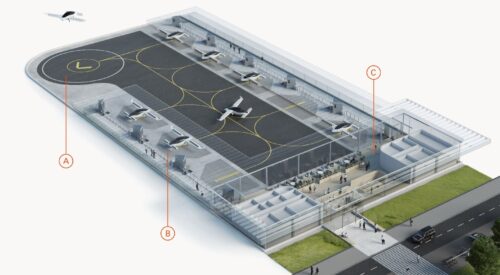Featured
Power Zone: Vertiports Will Need to Amp Up Their Electric Grids
For advanced air mobility (AAM) to advance rapidly, these facilities will need the ability to provide electricity, perhaps in the form of microgrids, to facilitate rapid, easily accessible charging.
Gaming the System: Rolling the Dice on AAM Infrastructure Investments —Public-Private Partnerships or State-Funded
When we think of commercial aviation today, we see a public-private business model that has evolved over the past 100 or so years. The public sector provides and operates the airports and air traffic management systems and private enterprise pay fees to use that infrastructure to provide air travel and cargo services to the public….
Size Matters: Optimizing Your Advanced Air Mobility Air Taxi Fleet to Meet Scheduling and Traffic Demands
Dresden Researchers Show How to Optimize AAM Fleet Management
A Dozen (Trips) a Day x Optimal Travel Routes = Profitability for AAM Operators
Building Better eVTOL Batteries for UAM
Two Salts are Better Than One
through 500 cycles, theGen-2 system displayed signs of polarization and capacity loss, particularly during high-rate hover and descent phases of operations. By comparison, the dual-salt electrolyte system was stable retaining capacity and exhibiting low polarization potentials through the flight cycle.






